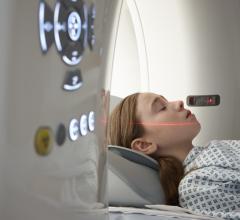June 9, 2009 – Physicians can better predict potentially life-threatening cardiac events with real-time, three-dimensional echocardiography technology, according to a study released at the 20th Annual Scientific Sessions of the American Society of Echocardiography (ASE) in Washington, D.C.
The study concluded that 3D measurements could help guide management decisions on how to best treat the patient and better predict the patient’s chance of survival.
Left ventricular end systolic volume measured by 2D echocardiography is an important correlate of survival. Researchers sought to determine whether 3D echo was more predictive of outcome than 2D echo. The study included 535 patients referred for left ventricle assessment. Patients were assessed with 2D and 3D echocardiography.
Over four to five years, cardiac admission, incident heart failure, atrial fibrillation and all-cause mortality information was obtained in 461 of 504 patients with images suitable for measurement. The results showed 48 cardiac events (10 percent) including 34 deaths. Larger left ventricular end-systolic volume and lower ejection fraction were associated with worse outcome.
The addition of 2D echo end-systolic volume increased the association of clinical variables—renal disease, left ventricular impairment and age – with outcome, but 3D echo end-systolic volume increased the strength of association. Similarly, the incremental value of 2D echo ejection fraction was exceeded by 3D echo ejection fraction.
The study was conducted by Carly Jenkins, Tony Stanton and Thomas H. Marwick at University of Queensland in Woolloongabba, Australia.
For more information: www.asecho.org


 July 25, 2024
July 25, 2024 








